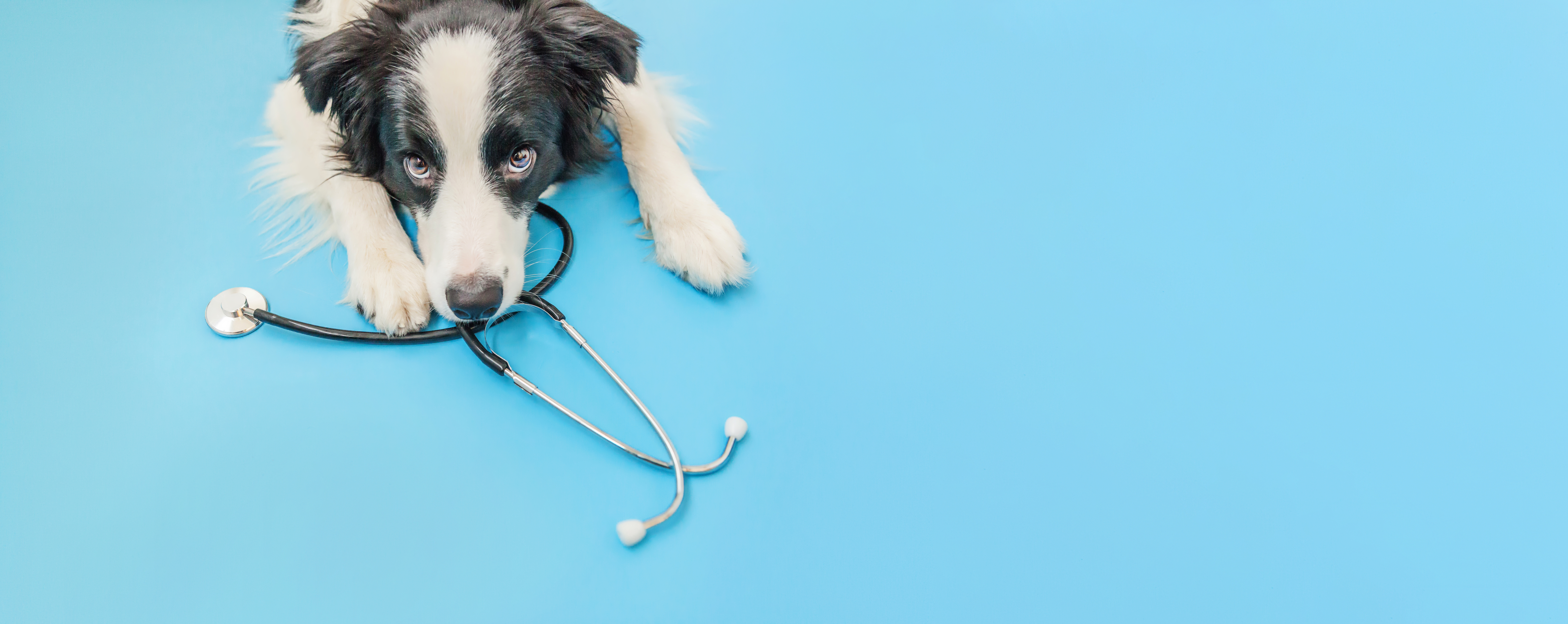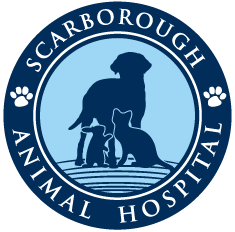
Surgery & Dentistry

My pet is having surgery, how can I prepare?
It’s a big day – your pet is having surgery. Whether it’s routine neuter or a more complicated procedure, surgery days are understandably a source of anxiety for many pet owners. Taking time to prepare ahead can make for a smooth experience!
What’s involved in my pet’s procedure day?
Examination: If a patient is having an anesthetic procedure, we advise an exam within no more than two months prior. Often times, we’re making a recommendation for a dental procedure or anesthetic procedure based on findings at an annual or biannual exam, and would set up the procedure within an appropriate time-frame.
Preoperative Bloodwork: This helps us to evaluate a patient’s metabolic function, as well as their cell lines. We want to make sure our patients are metabolically stable prior to anesthesia and surgery, and if they do have underlying conditions we want to be sure we are aware of them ahead of time so we can use the most appropriate anesthesia drugs and best manage the disease state. We may perform this at the time of the initial examination, or as a technician appointment closer to the time of the procedure (but within no more than two months).
These handouts go into more detail about the Routine CBC and Chemistry Panels.
Premedication: This refers to medications given ahead of the induction of anesthesia to provide relaxation and sedation, anti nausea effects, and pain control if the procedure is anticipated to be painful. It is very well-documented that having pain control on board ahead of a potentially painful stimulus is much more effective than trying to catch up with it afterwards. Additionally, when we utilize a combination of medications we are able to get synergistic effects while also minimizing side effects of an individual medication used at a higher dose. The vast majority of drugs utilized in our patients are the same or very similar to what we would receive if we were undergoing anesthesia or surgery ourselves.
Intravenous Catheter: During general anesthesia we want to have intravenous access in order to quickly and efficiently administer additional anesthesia drugs as needed, emergency drugs as needed, and to administer intravenous fluids to maintain hydration.
Because placement of an intravenous catheter can be a bit stressful for many patients, we typically do this after they have received the premedication above.
General Anesthesia & Monitoring: This step typically begins by administering a drug to induce an unconscious state. We then place an endotracheal (“ET”) tube in the trachea or main airway so that we can administer oxygen and the anesthesia gas, which keeps the patient unconscious, as well as administer breaths to the patient as needed. In most cases the patient will maintain respiration on their own, as the breathing mechanism is still intact; however, we also have the ability to mechanically ventilate our patients, which is especially beneficial in certain underlying disease conditions and with longer procedures.
One of the most important aspects of the entire surgical and anesthetic process is diligent monitoring of the patient during all phases of the procedure. Our team utilizes highly trained veterinary technicians, as well as the most up-to-date monitoring devices – we utilize many, if not all, of the same monitoring tools as we would be monitored with for our own procedures, though a trained and competent team member will always be the best monitoring “device”!
Recovery Monitoring: It is often said that recovery is the most critical time during an anesthetic procedure. Our patients are closely individually monitored by a highly trained veterinary team member during the critical recovery period.
We will be closely monitoring vitals such as temperature, respiratory rate, heart rate, and if needed blood pressure, during this period.
Pathology Submission: if any abnormal tissues were removed during the procedure, these are submitted to a veterinary pathologist so that we may get a definitive diagnosis on the type of tissue involved.
Suture Removal / Dental Recheck: If a patient has had a procedure done with our team we typically will recommend a courtesy post-operative visit for suture removal and/or recheck of extraction sites.
For more information read our FAQs about preparing for your pet’s procedure. Please do not hesitate to ask questions about your pet’s upcoming anesthetic procedure – we want to be sure you have all your questions answered!
FAQs for Pet Surgery Preparation
DOES MY PET NEED BLOOD WORK?
Yes, preoperative blood work is required within 60 days of surgery. The specific panel recommended will be based on your pet’s age and medical history. We may need to change our anesthetic plan or delay surgery if abnormalities are found.
IS ANESTHESIA SAFE?
Anesthetic-related deaths are rare. Most healthy pets do well under anesthesia, regardless of age. We have the most up-to-date equipment and a dedicated team member monitoring your pet at all times. If your pet has a medical condition that increases their risk of complications, your veterinarian may recommend additional testing prior to anesthesia.
DOES MY PET NEED TO FAST BEFORE SURGERY?
Yes, please do not feed your pet after midnight. Water is fine.
WHAT IF MY PET USUALLY TAKES MEDICATION IN THE MORNING?
Yes, unless you’ve been instructed otherwise, if your pet takes daily medication to control chronic disease it should still be given the morning of surgery. You can give the medication in a small amount of food if needed (just not a full meal).
WHAT IF MY PET USUALLY TAKES ANTI-ANXIETY MEDICATIONS (“PVPS”) AHEAD OF VET VISITS?
Yes, please give your pet’s PVPs ahead of the surgical procedure. This will reduce their stress traveling to the vet clinic, facilitate administration of their injectable sedative, and ultimately may reduce the amount of anesthesia needed by working synergistically. You can give PVPs in a small amount of food if needed (just not a full meal).
DOES MY CAT NEED TO ARRIVE IN A CARRIER?
Yes, cats should arrive at all veterinary appointments in a secure carrier. We prefer a hard, plastic carrier that has a removable top with snaps and/or plastic twistable bolts. Nothing that requires a screwdriver to remove! Here is an example of a pet carrier from Chewy.
SHOULD I GIVE MY PET A BATH BEFORE SURGERY?
This isn’t required but may be a good idea since your pet cannot have a bath or swim for 10-14 days after surgery.
WILL MY PET NEED TO WEAR AN ELIZABETHAN COLLAR (THE “CONE”) AFTER SURGERY?
Yes, your pet will need to wear an e-collar for 10-14 days post-operatively. This should be worn at all times when unsupervised, even during sleep. It is important that your pet cannot lick, chew, or scratch at their incision to allow appropriate healing.
ARE ALL TYPES OF ELIZABETHAN COLLARS CREATED EQUALLY?
No. We generally do not recommend the “donut” type of e-collar, especially for younger pets, because most are agile enough to get around them. We recommend the Comfy Cone, which is a padded e-collar that you can purchase online. Obtaining an e-collar in advance comes with a huge benefit – you can practice and slowly acclimate your pet to it before surgery. If you go this route, please bring your pet’s e-collar on the procedure day to ensure appropriate fit and protection. If needed we will send home a plastic e-collar.
WHAT IF MY PET DOES NOT TOLERATE ELIZABETHAN COLLARS?
Most pets adjust to an e-collar within a few days, but thankfully there is another option – surgical suits! We do not carry surgical suits at CAC, but you can find them easily online. If you go this route, please bring your pet’s surgical suit on the procedure day to ensure appropriate fit and protection. Here is an example of a recovery suit from Amazon.
WILL MY PET NEED TO BE RESTED AFTER SURGERY?
Yes, your pet will need to be strictly rested for 10-14 days after surgery. No running, jumping, stairs, long walks, or going outside off-leash.
How on Earth am I going to do that?!
This is one of the most valuable things to consider ahead of time. For dogs, we recommend using a crate, play pen, or baby gates as needed. For cats, it’s ideal to confine them using a medium or large crate (consider borrowing one from a friend with dogs!). If this isn’t possible, we recommend confining cats to a single room.
WHY DO YOU RECOMMEND POST-OPERATIVE SEDATIVES?
As you can imagine, 10-14 days of strict rest is no picnic for you or your pet! Most pets feel much better within the first few days and since we can’t explain to them the importance of post-operative rest, mild sedative medications can help keep them calm.
WHAT SHOULD I EXPECT THE FIRST NIGHT MY PET COMES HOME?
Your pet may be groggy and not quite themselves for 24-36 hours as the anesthesia wears off. Most pets just want to go home and take a long nap, but others may vocalize, pant, or have a hard time settling down. This is called dysphoria and is essentially confusion and agitation after anesthesia. Dysphoria should wear off by morning. We recommend setting up a quiet, comfortable space for your pet to recover.
WHAT SHOULD MY PET’S INCISION LOOK LIKE?
Please check your pet’s incision twice daily. It is not abnormal to notice a small lump around the suture site as the sutures are dissolving. Please call if you notice excessive swelling, discomfort, or discharge from the incision site.
SHOULD I CLEAN OR APPLY ANY OINTMENTS TO THE INCISION?
No, unless you’ve been instructed to by your veterinarian.
WHAT SHOULD PROMPT A CALL TO MY VETERINARIAN?
Please give us a call if your pet is not eating, develops vomiting or diarrhea, hasn’t urinated by the next day, hasn’t defecated within 3 days, if their pain is poorly controlled, if the incision opens up, if you notice yellow/tan discharge from the incision, or if there is excessive redness, bruising, or swelling associated with the incision.
